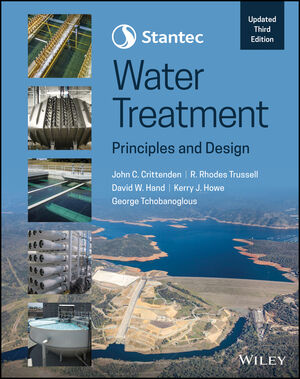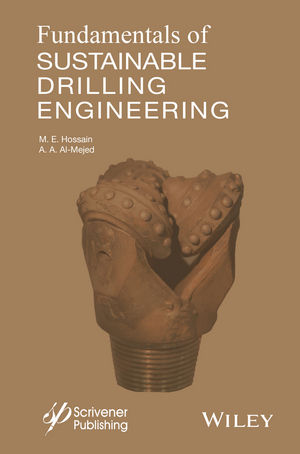The research also confirmed that recycling the water used to clean clogged filters back to the beginning of the treatment process does not affect the quality of the treated water, the group says. This research is important because DAF is not yet recognized in many regulations for its effectiveness in removing particles such as cryptosporidium and giardia cysts.
As a result of this research, the state of Connecticut has given DAF credit for microbiological protection that equals sedimentation. This means greater operating flexibility at BHC's treatment plants. It also may help to avoid future expenditures to upgrade the plants in response to new regulations.
The research has also helped to influence new federal drinking water quality standards that, if implemented as initially anticipated, would have required BHC to invest in significant additional treatment systems. BHC and UMASS received half of the funding for the $400,000 project from the American Water Works Association Research Foundation.
DAF creates small air bubbles that attach to impurities in the water and float them to the top of the surface where they are brushed off for disposal. Sedimentation allows impurities to sink to the bottom of the tank for removal. DAF and sedimentation represent just one step of a multi-faceted water treatment process.




